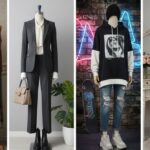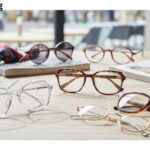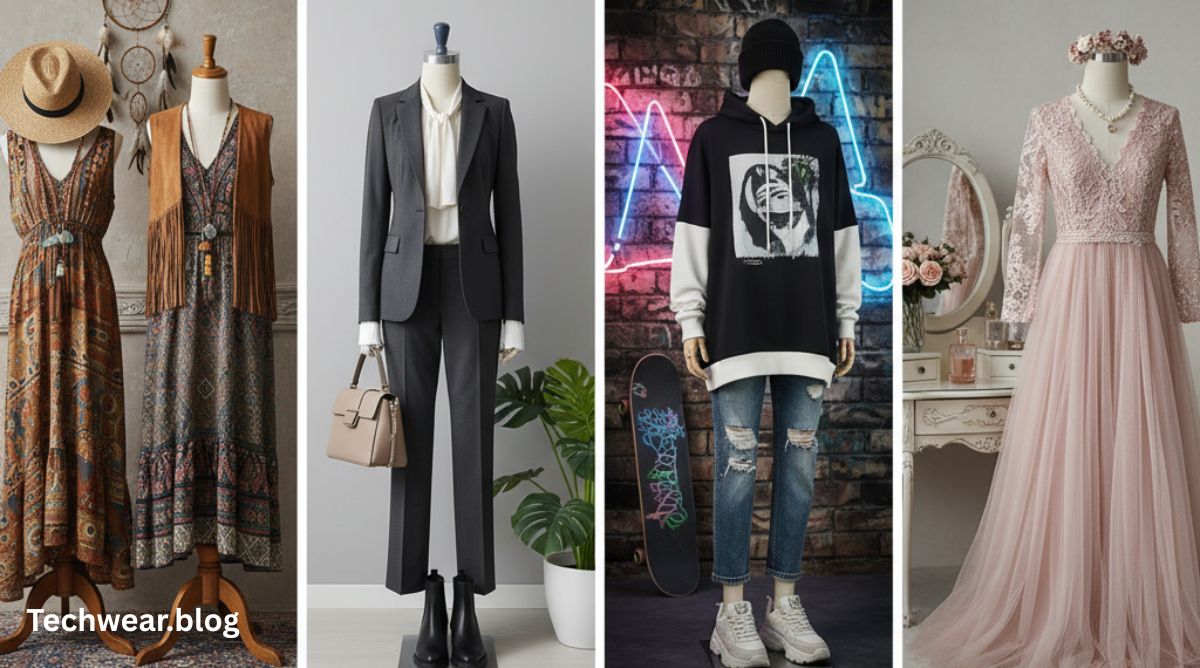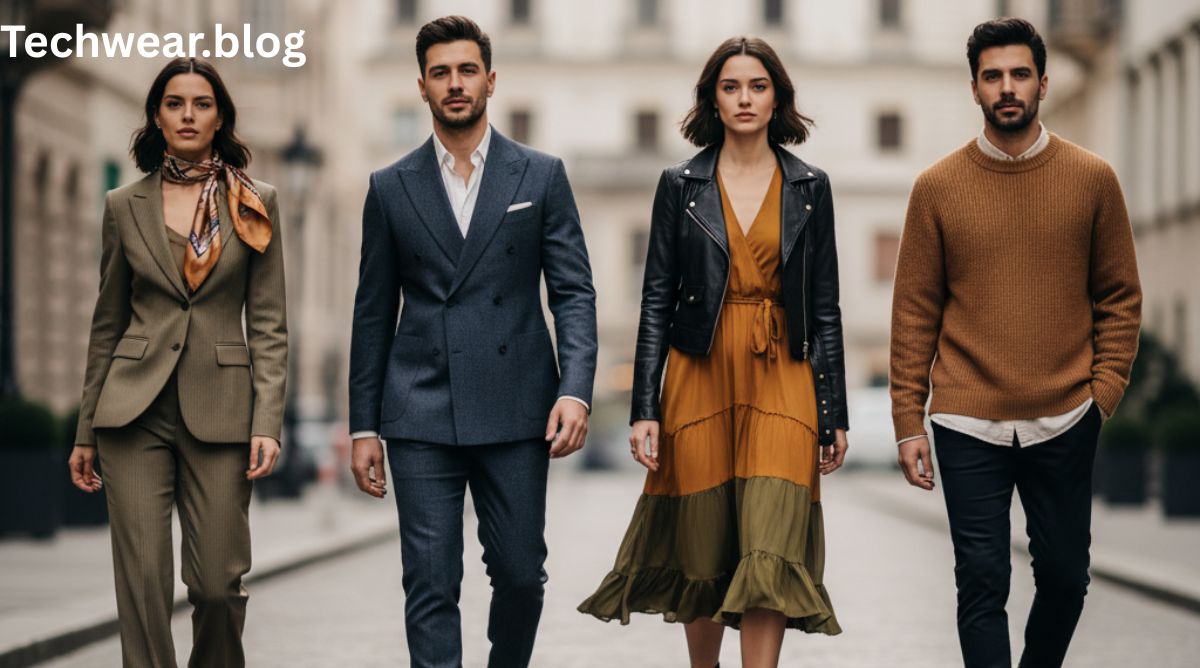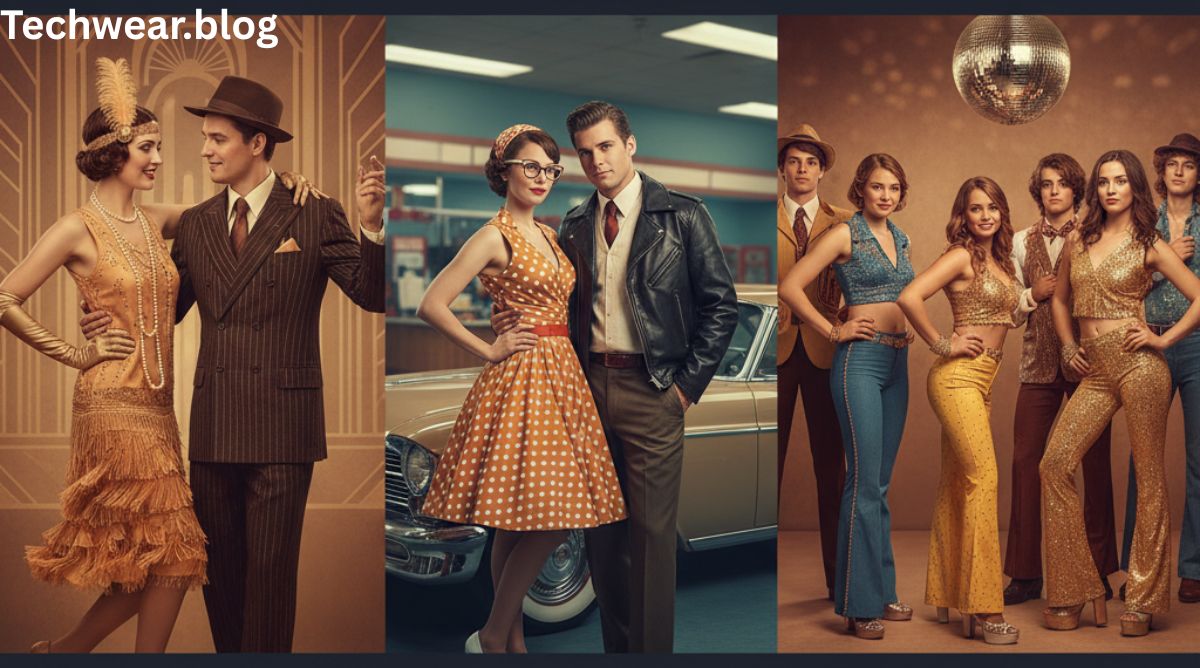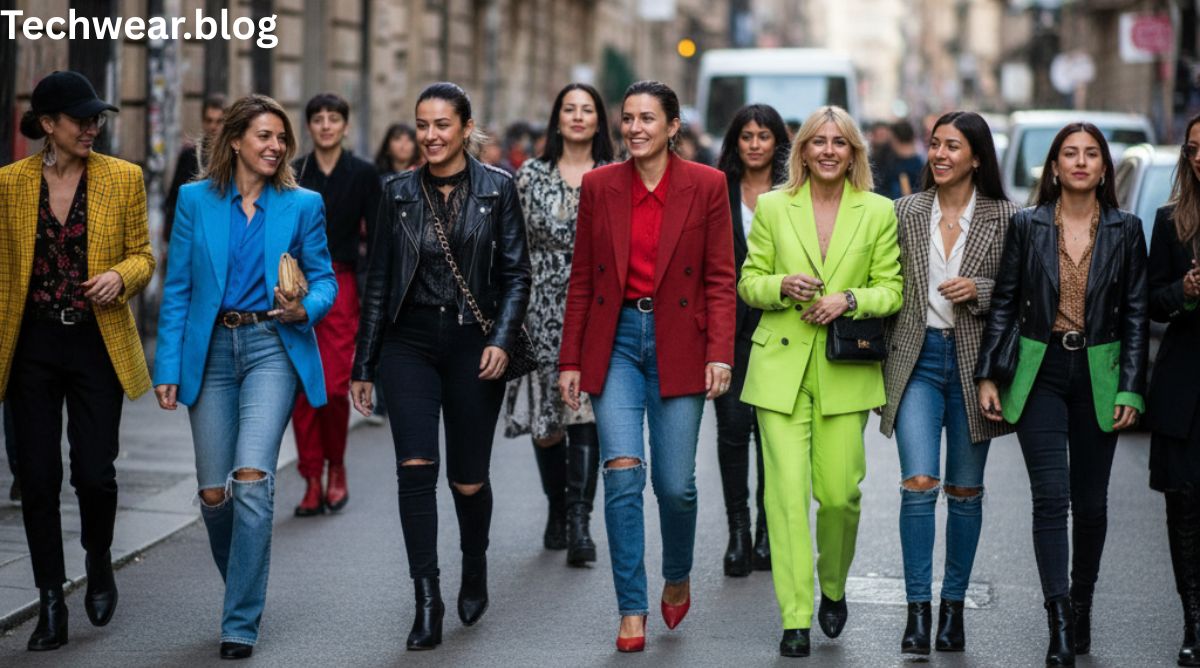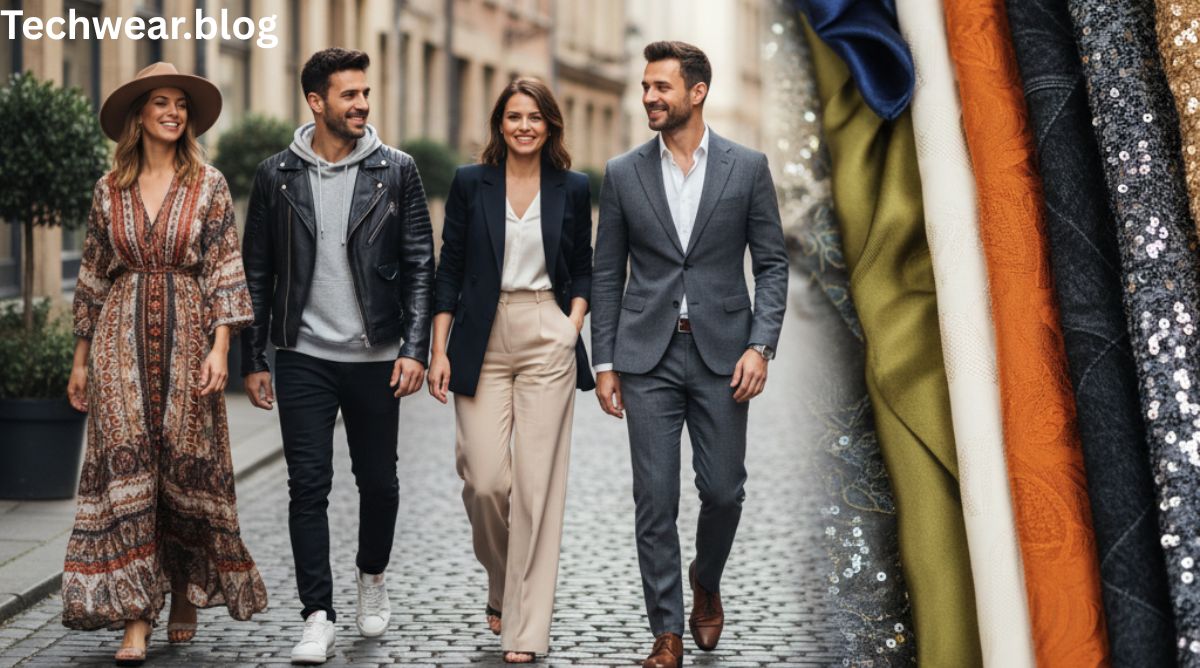Fashion is more than just the clothes you wear—it’s a personal expression of who you are. When you understand what fashion style suits me, you unlock a deeper sense of confidence and authenticity. Everyone has their own unique look that reflects their lifestyle, personality, and comfort. The key lies in discovering it through exploration and self-awareness.
Before we begin, if you want to know more about the concept of fashion, you can read about it on Wikipedia.
Understanding Your Personal Style
Personal style is the foundation of fashion. It’s not about copying trends—it’s about finding what feels most “you.” To determine what fashion style suits you, start by observing what you naturally gravitate toward.
Ask yourself:
- What outfits make me feel confident?
- Do I prefer structured or relaxed clothing?
- Which colors do I wear most often?
- Do I prioritize comfort or aesthetics?
By answering these questions, you can begin to identify the characteristics that define your style.
Common personal style categories include:
- Classic: Polished and timeless looks, such as blazers, tailored pants, and button-down shirts.
- Casual: Relaxed, comfortable outfits featuring jeans, T-shirts, and sneakers.
- Bohemian (Boho): Flowy dresses, earthy tones, and artistic prints.
- Streetwear: Oversized fits, sneakers, and bold logos.
- Minimalist: Clean lines, neutral palettes, and simple silhouettes.
- Romantic: Soft fabrics, ruffles, and pastel colors.
- Edgy: Leather jackets, dark tones, and statement accessories.
Assessing Your Body Shape
Understanding your body shape is an essential part of finding what fashion style suits me. Different styles and silhouettes enhance various body types in unique ways.
Common Body Shapes and Their Ideal Styles
- Hourglass: Balanced shoulders and hips with a defined waist. Fitted dresses and belts highlight your shape beautifully.
- Pear: Hips are wider than shoulders. A-line skirts, wide-leg pants, and off-shoulder tops balance proportions.
- Apple: Weight tends to concentrate around the midsection. Flowy tops, V-necks, and structured jackets create balance.
- Rectangle: Shoulders, waist, and hips are similar in width. Layered clothing, belts, and flared pants add curves.
- Inverted Triangle: Broad shoulders and narrow hips. Flowy bottoms and scoop neck tops soften the look.
Knowing your body shape helps you select clothing that enhances your natural form instead of working against it.
The Role of Color in Your Style
Color can transform an outfit instantly. Some hues complement your skin tone, hair, and eye color better than others. Understanding your undertone is a big step in discovering what fashion style suits me.
- Cool Undertones: Look best in blues, purples, emeralds, and silver.
- Warm Undertones: Glow in reds, yellows, olive greens, and gold.
- Neutral Undertones: Can wear both cool and warm shades effectively.
If you’re unsure which category you fall into, hold a gold and silver accessory near your face in natural light. The metal that flatters your skin tone more reveals your undertone.
Analyzing Your Lifestyle
Fashion isn’t just about looks—it should fit your lifestyle too. What you wear daily should complement your activities, environment, and goals.
- Corporate professionals: Lean toward classic or minimalist styles—structured blazers, tailored trousers, and neutral colors.
- Creative workers: Artistic prints, relaxed fits, and experimental textures suit your innovative nature.
- Students: Casual or streetwear styles work best for comfort and ease.
- Travelers or outdoor enthusiasts: Practical styles with lightweight fabrics and functional accessories.
When your wardrobe aligns with your daily routine, your clothes not only look good but also feel practical.
Drawing Inspiration from Icons
One way to find what fashion style suits me is by studying fashion icons. Observe their wardrobe choices and see what resonates with you.
- Classic Style Icons: Audrey Hepburn, Kate Middleton, or David Beckham.
- Streetwear Icons: Kanye West, Billie Eilish, and Travis Scott.
- Boho Icons: Vanessa Hudgens, Sienna Miller, or Florence Welch.
- Minimalist Icons: Meghan Markle and Steve Jobs.
Take inspiration—not imitation—from them. Combine elements from your favorite icons to create your unique blend.
Experimentation Is Key
The best way to discover your fashion style is through trial and error. Don’t be afraid to experiment with different cuts, patterns, and aesthetics. Try on clothing outside your comfort zone—you may be surprised at what suits you.
Keep track of what outfits make you feel confident and what doesn’t. Over time, you’ll naturally refine your preferences and recognize your signature look.
The Importance of Fit
No matter your style, fit is the foundation of fashion. Even the most stylish outfit can look sloppy if it doesn’t fit properly. Tailored clothes enhance your proportions and create a sleek appearance.
A few fit rules to follow:
- Clothes should move with your body without feeling tight.
- The shoulder seam should align with your shoulder bone.
- Pants should skim your shoes without excessive bunching.
- Avoid oversized clothes unless that’s part of your aesthetic.
If possible, work with a tailor to make small adjustments. The right fit can turn ordinary clothes into exceptional ones.
Developing Confidence in Your Style
Confidence is the ultimate accessory. The secret to knowing what fashion style suits me lies in how you feel wearing it. A confident attitude can make even a simple T-shirt look fashionable.
When you find pieces that reflect your identity and make you feel good, your posture, body language, and energy change. That’s true style—effortless and authentic.
Don’t focus too much on others’ opinions. Fashion is subjective, and self-expression is what makes it powerful.
Mixing Trends with Personal Taste
Fashion trends are constantly changing, but your style should remain consistent. You don’t need to follow every trend to be fashionable. Instead, pick elements from current trends that align with your personal aesthetic.
For instance, if wide-leg pants are trending but you prefer structured outfits, try tailored wide-leg trousers in neutral colors. This approach keeps your look modern without compromising your identity.
Sustainable Style Choices
Modern fashion encourages sustainability. Once you identify what fashion style suits me, focus on building a responsible wardrobe. Invest in quality pieces that last and avoid fast-fashion habits.
You can shop second-hand, support ethical brands, or even upcycle old clothes. Sustainability not only benefits the planet but also gives your wardrobe more meaning and longevity.
Building a Signature Look
When you’ve identified what suits you, work toward creating a signature look. This is a recognizable element that reflects your personality. It could be:
- A specific color palette you always wear.
- A favorite accessory like hats, scarves, or watches.
- A type of outfit—like blazers, sneakers, or dresses—that defines your vibe.
A signature look simplifies dressing and strengthens your identity in any setting.
Final Thoughts
Finding what fashion style suits me is a journey of self-discovery rather than a fixed destination. It requires patience, curiosity, and self-confidence. Your style will evolve as you grow, experience life, and adapt to new trends and environments.
Remember:
- Know your body and lifestyle.
- Understand colors and fits.
- Balance trends with timeless pieces.
- Express yourself authentically.
When your wardrobe reflects your personality and values, you’ll not only look stylish—you’ll feel empowered. Ultimately, fashion is about being comfortable in your own skin and allowing your clothes to tell your story.
Wikipedia Source: Fashion – Wikipedia
